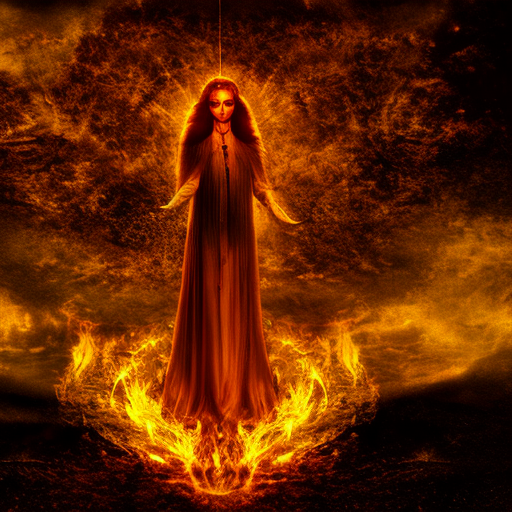The Passion of Joan of Arc by Carl Theodor Dreyer
Summary: The Passion of Joan of Arc is a silent film directed by Carl Theodor Dreyer that depicts the trial and execution of Joan of Arc. It explores themes of faith, martyrdom, and the power of the individual against oppressive institutions.
Main Cast and Crew:
- Director: Carl Theodor Dreyer
- Writer: Carl Theodor Dreyer
- Key Actors: Renée Jeanne Falconetti as Joan of Arc, Eugène Silvain as Pierre Cauchon, André Berley as Jean d’Estivet
- Music Director: Victor Alix
- Director of Photography: Rudolph Maté
- Producers: Joseph-Marie Lo Duca, Carl Theodor Dreyer
Plot:
The Passion of Joan of Arc focuses on the trial and subsequent execution of Joan of Arc, a young French woman accused of heresy by the Catholic Church in the 15th century. The film primarily takes place in a courtroom, where Joan is interrogated by a panel of judges. Through intense close-up shots, the film captures the emotional turmoil Joan experiences as she defends her faith and claims to have received divine guidance.
As the trial progresses, Joan’s unwavering faith and determination to fulfill her divine mission are contrasted with the corrupt and manipulative actions of her accusers. The judges attempt to break her spirit through psychological and physical torture, but Joan remains steadfast in her beliefs. Despite her resilience, Joan is ultimately sentenced to death and burned at the stake.
Themes and Motifs:
The Passion of Joan of Arc explores themes of faith, martyrdom, and the struggle of the individual against oppressive institutions. The film portrays Joan as a symbol of unwavering faith and resistance against injustice. Her trial becomes a metaphor for the persecution faced by those who challenge the status quo.
Dreyer’s use of intense close-up shots emphasizes the emotional and psychological turmoil experienced by Joan. This technique allows the audience to intimately connect with her character and empathize with her struggles. The film also employs stark lighting and minimalistic set design to create a sense of claustrophobia and isolation, further enhancing the emotional impact of the story.
Reception and Legacy:
Upon its release in 1928, The Passion of Joan of Arc received mixed reviews. While some critics praised its innovative cinematography and powerful performances, others criticized its lack of historical accuracy. The film was initially banned in several countries due to its controversial portrayal of the Catholic Church.
Despite its initial reception, The Passion of Joan of Arc has since been recognized as a masterpiece of silent cinema. It has influenced numerous filmmakers and is often cited as one of the greatest films ever made. In 1952, a print of the film was discovered in a mental institution in Oslo, Norway, after being thought lost for many years. This rediscovery further solidified its place in cinematic history.
Recommendation:
The Passion of Joan of Arc is a visually stunning and emotionally powerful film that delves into the depths of faith and the human spirit. It is a must-watch for cinephiles and those interested in exploring the artistry of silent cinema. However, viewers should be prepared for an intense and emotionally challenging experience.
Memorable Quote:
“Even if I am burned, I will not recant. I am not afraid. I was born to do this.” – Joan of Arc












